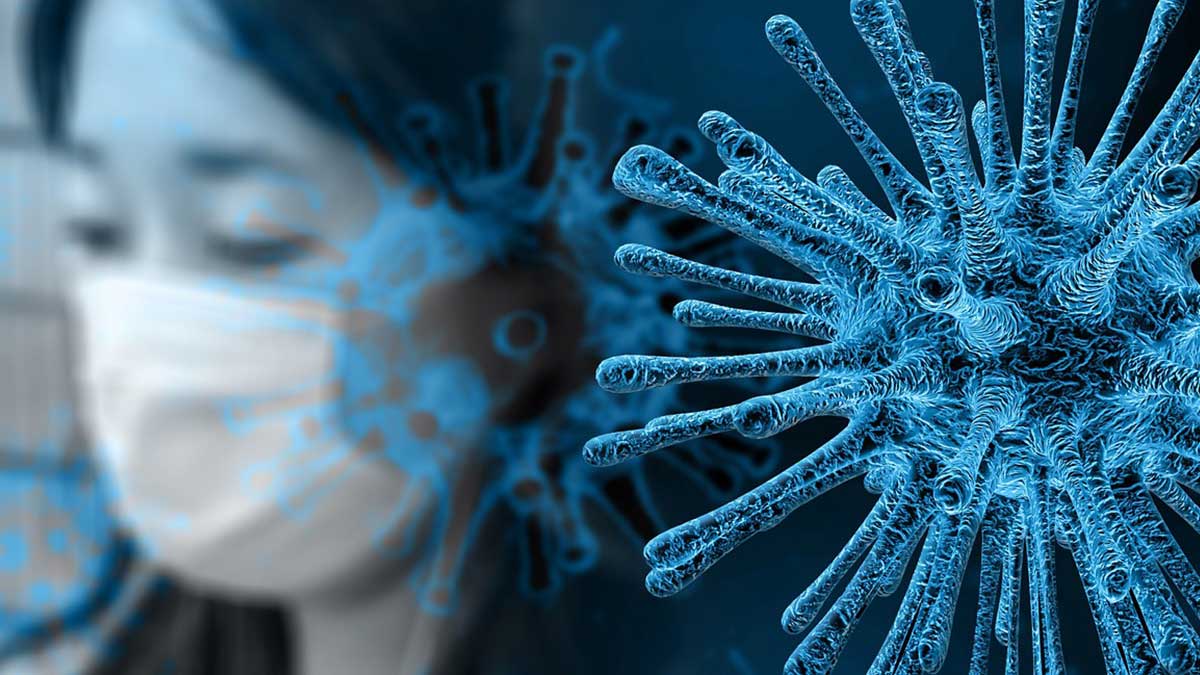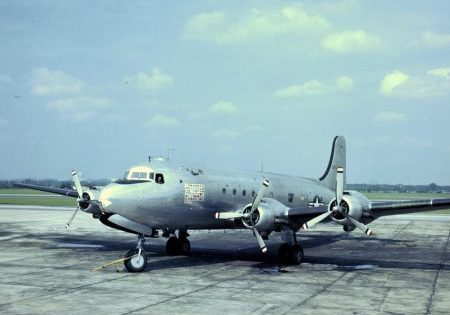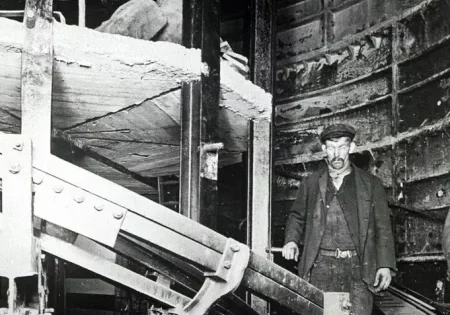Picture the world of villains and superheroes. Now image that world in the form of the pandemic. Your main characters in are as follows: COVID-19 is the main villain, masks are your superheroes and temperature checkers and disinfectants are your side kicks. These forces worked together to bring an end to the terror that was the pandemic. Despite this, however, the disease was too powerful to be stopped. What would happen if those superheroes joined forces to become more effective?
Masks served as the barrier between safety and sickness during the pandemic. Scientists at Shanghai Tongji University in China took this a step further and developed a mask that can sense viruses such as influenza and SARS-CoV-2, the virus that caused COVID-19, to reduce the risk of contracting or spreading diseases. Scientists proposed that the mask works best in areas with poor ventilation, such as elevators. The mask is adapted with aptamers, a type of molecule that can identify unique pathogenic proteins using three different types to recognize the surface proteins of viruses, binding them in the air. Afterwards a highly sensitive novel type of device called an ion-gated transistor amplifies the signal and sends it to the wearer’s device. To test this process out, scientists sprayed virus-laden liquids on the mask in an enclosed space to simulate a scenario of people talking and coughing. The mask sent signals to the wearer’s phone, alerting them of the nearby pathogens, making the overall process 10 min.
But won’t 10 minutes be too late? Well, according to the team at the university, they hope to shorten the detection time and increase the sensitivity of the mask in the future, as well as create other devices to detect various health conditions, such as cancer and cardiovascular diseases.
Back in 2021, engineers at MIT and Harvard worked on a similar project. The prototype was embedded with small disposable sensors fitted for adapting other viruses and alerting the wearer within about 90 min. Those sensors were previously used for paper diagnostics for the Ebola and Zika viruses.
Get more of Elevator World. Sign up for our free e-newsletter.










